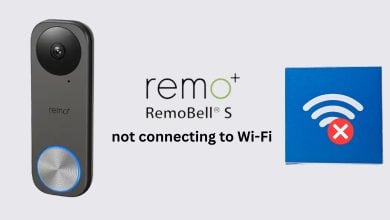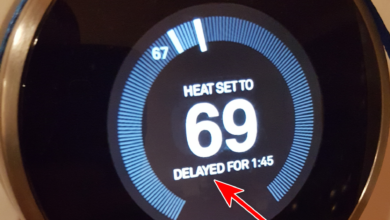Home Assistant Vs OpenHAB
Are you in a dilemma to choose from either a Home Assistant or OpenHAB home automation platform? This might be challenging for you but we will reveal to you the best pick. You don’t have to be a computer nerd or a coder to be able to use Home Assistant or OpenHAB. All you need to do is to carefully go through the quick read provided and you will get the right answer to the question, “Home Assistant or OpenHAB?”
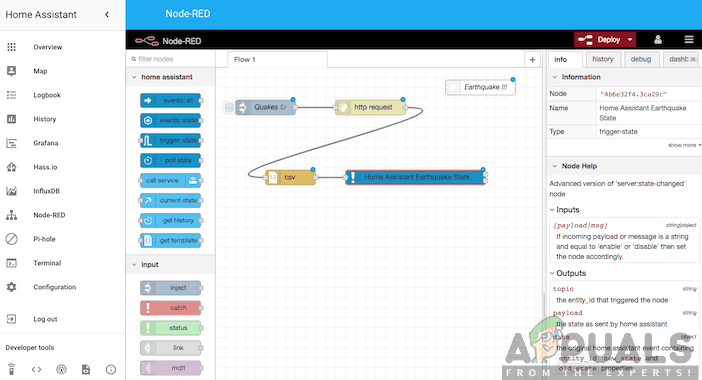
In case you are wondering what these are, they are an open-source home automation platform that performs various functions like controlling your smart devices. They, therefore, function as the pillar of your smart home.
Apparently, after extensive research and experience based on the architecture, the graphical user interface, the automation rules as well as the number of supported devices among others, we managed to note the differences as well as the similarities that arise between the Home Assistant and OpenHAB. With the different functionalities and features, you will be in a soft spot to easily choose what to settle for.
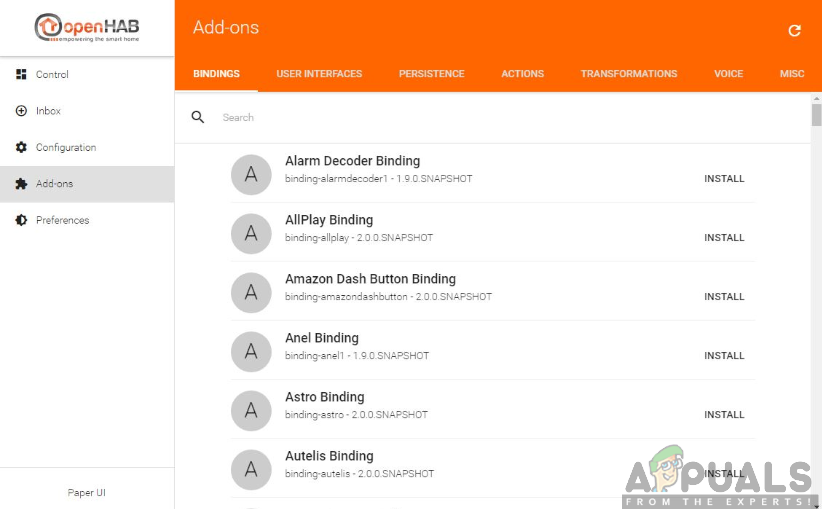
Therefore, keep scrolling down the page as we guarantee you a smile on your face as you decide on whether it is OpenHAB or Home Assistant. That is the right one which will satisfy your needs. This won’t take much of your time and efforts, so be sure to navigate through.
Home Assistant Vs OpenHAB: Creation and Architecture
When it comes to the development and design features of the two, there is a notable difference. This distinguishes OpenHAB and Home Assistant. To start with, OpenHAB 2.5 is the latest version available having emerged from the ancient version in 2010 by Kai Kreuzer. The updated version comes with new amazing features, bug fixes as well as other enhancements.
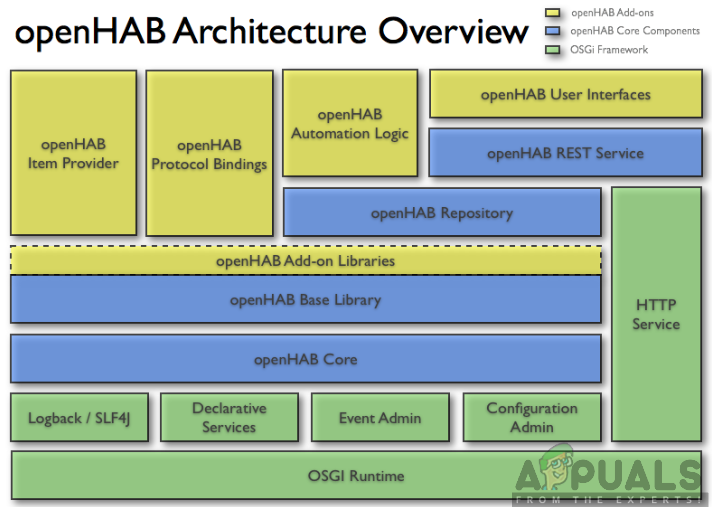
Its architecture is quite impressive as it is developed in Java and more of an Eclipse Smart Home framework. This offers you a vast number of devices where you can run the system. Moreover, it provides a runtime environment that uses Apache Karaf alongside Eclipse Equinox to set up an Open Services Gateway initiative.
To add on to this, the OpenHAB’s architecture has the extension of additional features that are believed to expand its functionalities. Intuitive user interfaces provide the ability to easily interact with a sheer number of physical things. This allows more capabilities options of the OpenHAB. Also, OpenHAB has a pluggable feature that supports a good number of different technologies and systems as well as thousands of devices.
Furthermore, OpenHAB is capable of running on various platforms like Linux, Windows and Mac OSx as well. It can also run on Raspberry Pi, Docker, PINE64, and Synology among other numerous platforms. Most people are having a good experience installing the OpenHAB on Raspberry Pi, this might also be feasible for you.
Home Assistant, on the other hand, is a home automation platform running on Python 3 under the Apache 2.0 license. It is powered by DIY enthusiasts and a worldwide of tinkerers to ensure a smart home control with privacy concerns. It also perfectly runs on a Raspberry Pi platform just like OpenHAB or any other local server.
Home Assistant also has an incredible operating system referred to as Hass.io. This plays a very important role in installing and updating Home Assistant. As it is managed from the frontend, the Home Assistant user interface allows the creation or restoration of snapshots of your configuration.
Moreover, there is the ability to extend the Hass.io add-on features like the Duck DNS, Let’s Encrypt, as well as Google Assistant among others. This provides you with the additional functionalities that come in handy with the add-on features. The Home Assistant also has several amazing resources including the additional software, custom components, Lovelace panels and much more.
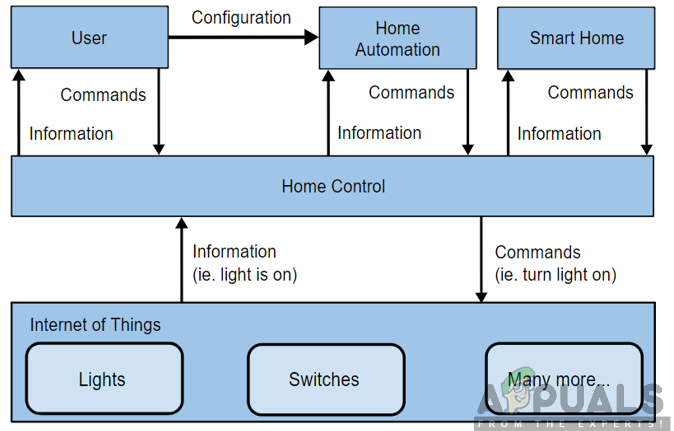
The architecture of Home Assistant has home control feature which is responsible for collecting information and controlling devices. It also has Home Automation which triggers commands based on user configurations. In addition to this is the Smart Home which triggers commands based on the previous behavior.
Home Assistant Vs OpenHAB: Installation and Configuration
The installation and configuration process is pretty simple and easy to follow for both Home Assistant and OpenHAB. We recommend you to install the software on a Raspberry Pi which is cheap and scalable.
For OpenHAB, the installation process will consume between 20 and 30 minutes of your time and it is just straightforward. The configuration process is usually done using the web interface by following the installation guide provided on the website.
The installation process for Home Assistant is just as simple as that for OpenHAB. However, you will need to download and burn the image of HassBian. Be sure to have a stable internet connection so that the process may be smooth and without problems. The getting started guide is provided in the Home Assistant webpage, therefore, achieving the installation process would be much simpler with the guide.
In terms of configuration, the latest version of OpenHAB has the paper UI and the Web UI. This allows you to perform several configurations without the need to edit files. However, the paper UI does not support all features in the OpenHAB, therefore, you will need to edit files to achieve the configuration.
The Home Assistant performs the configuration by making decisions on behalf of the user. This happens during the first time it runs as it automatically discovers all devices that are in your house and then add them to the UI. There is also an option for YAML which is used to configure files, blueprints as well as page settings.
The Home Assistant proves to be the best by having certain capabilities that the OpenHAB does not. The add-on feature in Home Assistant makes it impressive due to the widespread documentation and the one-click installation process. Also, it does not require you to use command line during installation and configuration as this can be quite involving and demanding too.
Home Assistant Vs OpenHAB: Flexibility
Talking of flexibility, OpenHAB can be as flexible as you would want it to be but this comes at a cost. The system is not that easy to use as there are so many efforts needed in the configuration of files. The Web UI supports various basic things, however, the mixed-up configurations might be cumbersome to the users. This considers it a little bit flexible.
On the other side, the Home Assistant is known to quench the thirst of many users. This is due to the presence of the auto-discovery function which works pretty well. Another great feature of this system is the ability to predict or guess the needs of the user. With this, Home Assistant is believed to be flexible in a way that it can suit the desires of many users.
Home Assistant Vs OpenHAB: Automation
There are several ways in which you can control and manage automation rules. For Home Assistant, there is the use of YAML (YAML Ain’t Mark-up Language). This is a human-friendly standard for all programming languages. Using the Python style indentations, YAML proves to be a good way to create automation rules however, it can be hard to use for novice users.
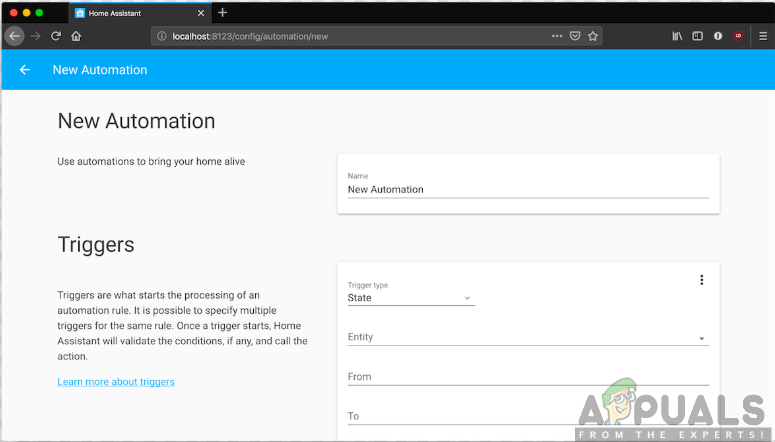
Also, there is a built-in automation editor that allows beginners to easily create and edit automation rules. This is an alternative to YAML which seems to be unforgiving to the beginners. It is, therefore, easy to use but it still requires a better understanding of the entity names and service calls concept.
Furthermore, Home Assistant also uses the Node-RED to manage the automation rules. This tool is visual, quick to change and to deploy, therefore, offering great flexibility. Node-RED was originally developed by IBM as a flow-based development tool for visual programming. Also, App-daemon is another powerful tool used by Home Assistant which uses Python abilities to manage automation rules. Python is quite easy and quick to learn as you can be able to perform complex tasks with just a few lines of code.
The OpenHAB is most likely to handle anything that you want it to while considering the Xbase syntax which is easy to deal with. It also has a good number of built-in tools for managing automation rules. This includes the use of Xtend which is a supple and meaningful language of Java that compiles into readable Java 8 compatible source.

There is also the use of Blockly tool. This is a client-side JavaScript library for creating visual block programming languages and editors. This tool by Google provides an easy way to create the automation rules in OpenHAB. Just like Home Assistant, you can as well use the Node-RED tool though it might not function well as it does in Home Assistant.
Home Assistant Vs OpenHAB: Users and Supported Devices
Both Home Assistant and OpenHAB has several supported devices used by various users. OpenHAB has a vast number of users. This active forum has knowledgeable people who happily answer your questions with ease. This provides the ease of solving an arising issue by getting quick responses from the community of users. Moreover, the documentation is useful to all kind of users.
Home Assistant also supports the largest number of devices which is approximately 1400 components. The OpenHAB on the other side has a fewer number of supported devices which stands around 800. This makes the Home Assistant gain more votes as it has a user-friendly way to ensure the growing number of supported devices, unlike OpenHAB.
OpenHAB also has a rapidly growing number of community of users. Thanks to HASS which provides a lot of chatting on the internet. The number of answers to the asked questions is likely to improve as it gains growth. Also, the documentation is useful to the users but it needs to use more structure to satisfy the needs of the users.
Home Assistant Vs OpenHAB: User Interface
An intuitive user interface guarantees the users the ease and simplicity of performing their tasks and functions. Therefore, there is a need for selecting a user interface that is likely to fulfill your desires with ease.
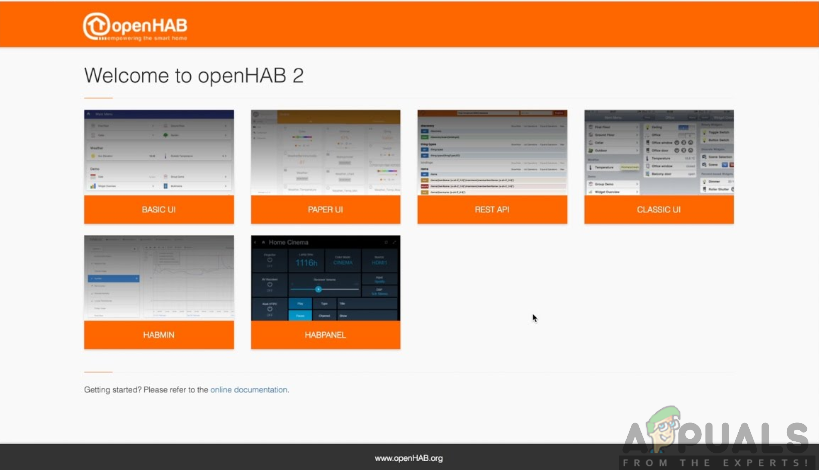
OpenHAB has several interfaces including the Paper UI, Basic UI as well as HABmin. From the three, you can comfortably choose the one that is likely to gratify your needs. The Paper UI is for system administration as well as setting up and configuring your OpenHAB instance. However, you will have to consider the textual configurations as the Paper UI does not cover all the constraints.
The Web UI involves the Basic UI which is for mobile devices based on Material Design Lite from Google. Moreover, there is a use of HABmin interface. This is a modern, professional and portable user interface for OpenHAB that combines the functions of both Paper UI and Basic UI. This provides both user and administrative functions such as sitemaps for users, and configuration utilities to aid setup.
Home Assistant has also an astonishing user interface. It involves the default view, Lovelace as well as the Home Assistant Control Panel. These interfaces give the Home Assistant the best interactive feature between users hence the most impressive one.
The default view is automatically created after you have already configured the devices and automaton. There are a lot of customizing options that you can choose to use with the default view. This may include changing of themes, adding of tabs and cards as well as the use of floorplans among others.
Also, Lovelace is the new UI feature that is currently available in the Home Assistant. It offers great features including being fast as it uses a static configuration to build up the UI. It is also customizable thereby providing the users with numerous options of configurations like the ability to override names of entities.
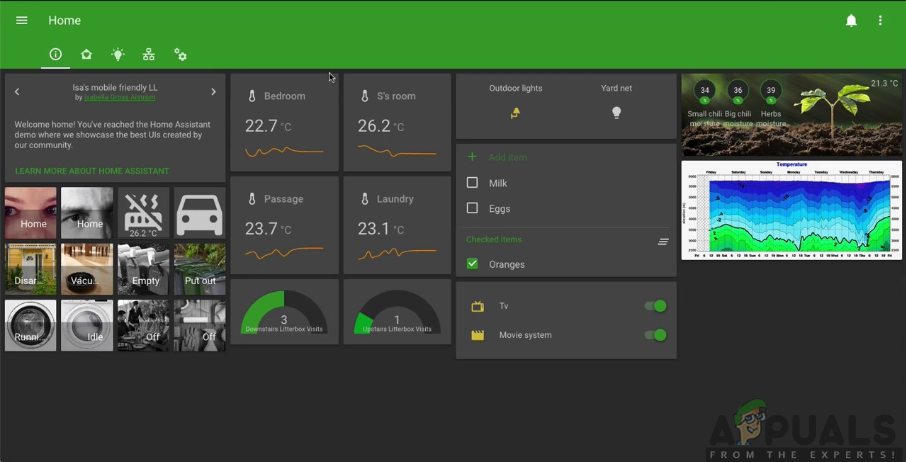
Furthermore, the Home Assistant Control Panel is a user interface with a visual simplicity for phones and tablets. This control Panel is written using a JavaScript framework known as AngularJS. This user interface allows you to control your smart home with ease.
Home Assistant Vs OpenHAB: Conclusion
Now from the extensive evaluation of the architecture, flexibility, supported devices, automation feature and user interface among other features, you can clearly and easily settle for either Home Assistant or OpenHAB. This depends on the choice that will fully satisfy your needs.
For instance, in terms of the user interface, Home Assistant is killing the show with the most impressive user interaction. It also provides a more user-friendly way to manage to pair and a growing number of supported devices. Moreover, it has a one-click installation process coupled with add-ons feature and extensive documentation.
OpenHAB on the other side proves to be great in terms of automation features, customizable user interface and flexibility as well. In addition to this, OpenHAB has a rigid and robust architecture and development which leads to stable work and operation. Its installation process is also easy and the user interface is good as well.
Therefore, based on the detailed comparison of the two, there is no doubt that you are going to take home the best open source automation platform which will fit the desires of your heart.
